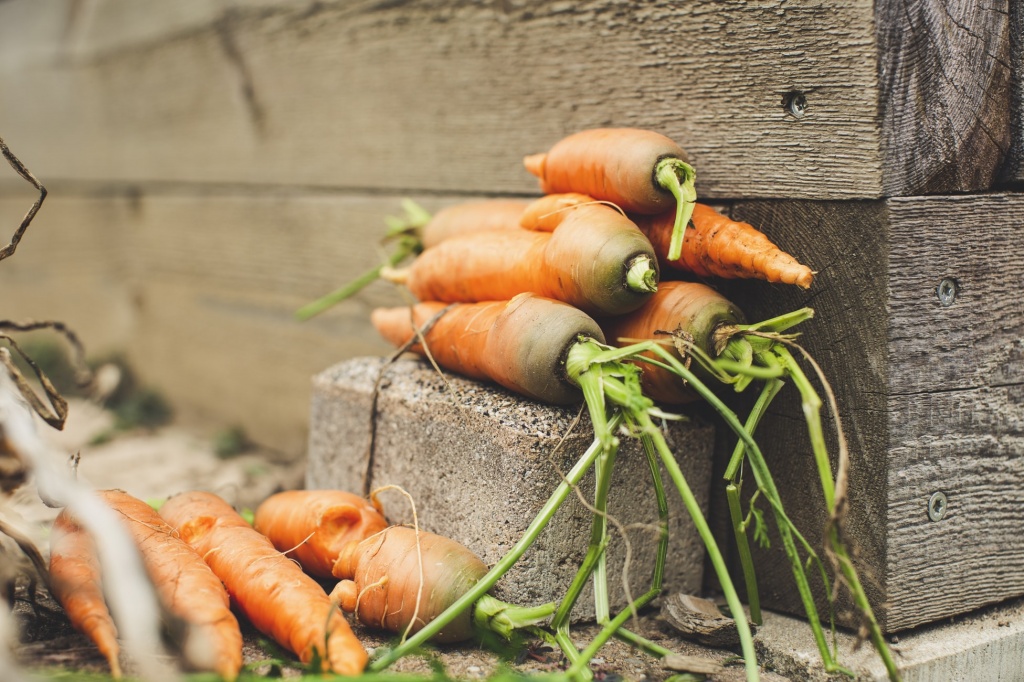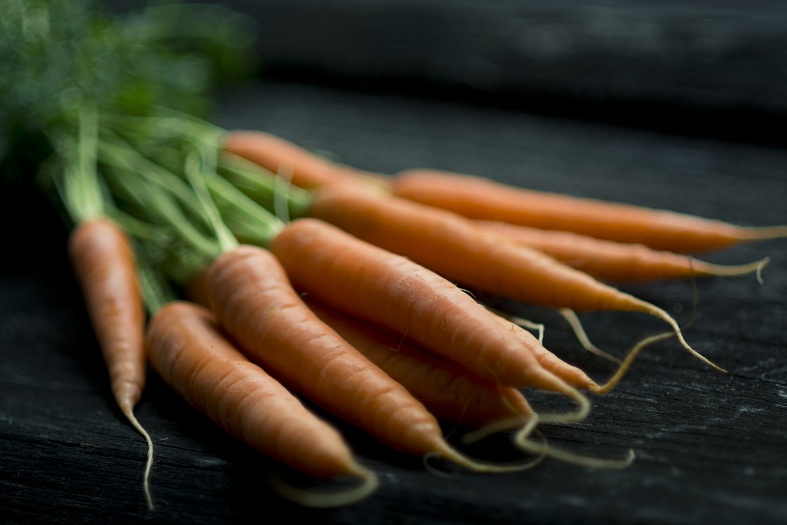Collection, processing and storage of carrots
22.03.2021 | Carrots
The practice of harvesting, post-harvest handling and storage of carrots varies greatly depending on the region, producer and variety of carrots. If care is taken to minimize damage during these stages, to maintain optimal temperature and humidity requirements, long-term storage of carrots will be successful.
Choosing carrots for storage: which variety is better?
Some varieties of carrots keep better than others. Even if the fruit looks good, it is far from certain that their overall nutritional quality will be preserved. If you really want carrots that keep well and taste good, you should choose varieties that are designed for long-term storage. Their taste is even improved during storage, or at least preserved.
Collection and preparation of carrots for storage
Carrots intended for storage should be harvested in a ripe state, after a slight frost, but not tightened to sub-zero temperatures. Temperatures down to -1 ° C are considered light frosts, and if the temperature drops below -3 ° C, there is already a risk of frosting of the fruit. For planning purposes, the average dates of the first frost in the fall are used as the deadline, and weather forecasts can help determine the ideal harvest date. It is better to harvest on a cooler autumn day than on a warm one so as not to overheat the roots in the sun.
Depending on the variety of carrots, the ripening period may vary depending on the growing conditions. As the planned harvest date approaches, you need to take a few samples from the carrot bed and see if they have white roots and if the lower leaves turn yellow. If so, you can safely start collecting.
When harvesting, you can gently pull the fruit or use a garden fork to lift vegetables off the ground. After the roots are harvested for storage, the tops must be removed. The tops are cut off about 3 cm above the base, the excess soil is shaken off. Cutting off the tips can cause the fruit to rot and should be avoided.
Once the tops have been removed, the carrots can either be stored with residual soil or rinsed and allowed to air dry slightly before storing.
How to store carrots?
The ideal temperature is between 0 and 3 ° C with a relative humidity of 98%.
Carrots can be stored for several months, provided that a) the stored fruits are ripe and in good condition (with minimal damage); and b) proper temperature and humidity are maintained. Microclimatic equipment and technological solutions for storing carrots in your vegetable store will help maintain the ideal range.
Every couple of weeks, check for signs of rotting and remove damaged fruits.
One of the most common storage methods for carrots for commercial growers is to store them in large containers or boxes in a vegetable store. Drawers should be positioned so that air can freely circulate through the bottom of the drawer and then freely escape through the top. This method helps maintain an ideal humidity of 98% while providing adequate ventilation to reduce the risk of mold and rot.
A powerful cooling system must be installed in the carrot storage chambers, because vegetables are cooled within 24 hours after harvest in order to slow down metabolism and increase the shelf life.

Can carrots be left in the ground in winter?
It depends on where the carrots are grown, the size of the crop, the harvest resources and the storage space.
If the soil temperature remains moderate (well above freezing), the carrots can be harvested as soon as they are ripe and placed in cooler storage conditions to prevent crop loss. In colder growing areas, crops can remain in the ground until the ground is frozen, provided the soil is well drained.
Where winters are harsh, the harvest must be protected. Before freezing, it is better to cover the soil with straw mulch or leaves, cover it with plastic. This will help keep the carrots from freezing. After a few weeks, the mulch is simply shifted to the side and the crop is harvested as needed.
To wash or not to wash?
Most commercial growers wash carrots before storing, but root vegetables can be stored either washed or unwashed. Each method has its own advantages and disadvantages.
Advantages:
- When it comes time to remove the carrots from storage for winter sale, they will have already been washed, so no additional preparation time is required.
- If the washing system is not heated, washing in autumn will be much more pleasant than in deep winter.
- Processing takes place only a few days before the sale. This shortens the time between possible damage and consumption, thereby minimizing the extent of damage.
- It does not take time to air dry as the carrots are not rinsed before storage.
- Leaving carrots unwashed during storage leaves the beneficial bacteria intact, where they compete with the harmful bacteria.
-
Excessive processing of the fruit before storage can lead to damage, which in turn can cause a host of other problems during long-term storage, such as diseases (white / gray rot, dry rot, fusarium rot, etc.)
- Before storing washed carrots, they must be allowed to air dry.
- During storage, the fruit can get stained in the ground.
Looking to build a vegetable store? Or are you looking for equipment for long-term storage? Our experts will answer all your questions. Call +74952293903 or write info@agrovent.com.
